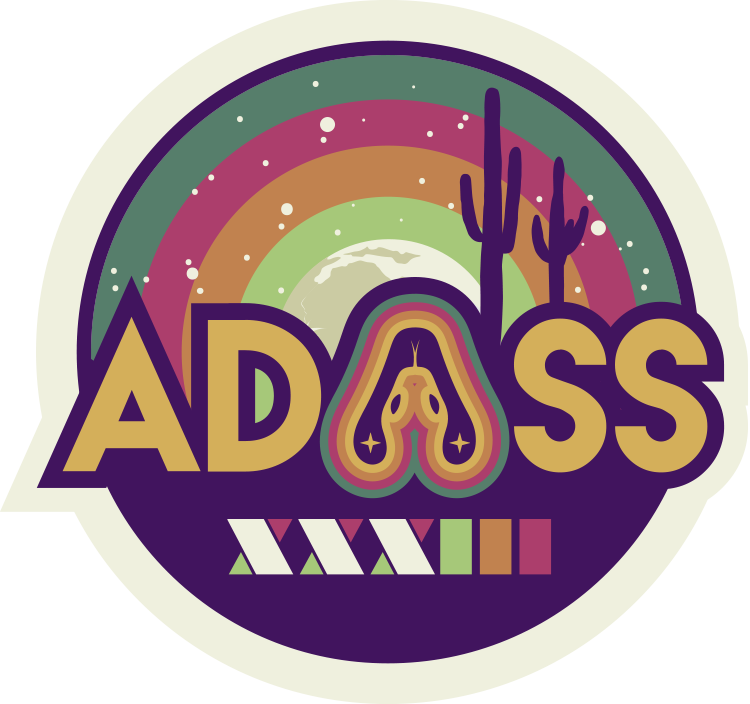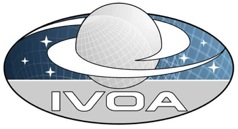Thursday Plenary 2: Contributed talk
When
Where
Theme: Other creative topics in astronomical software
The VLA Sky Survey (VLASS) is a multi-epoch radio survey of the whole sky visible to the Very Large Array. It has a frequency range of 2-4 GHz, with 2.5-arcsecond resolution, and is taken in "on the fly" (OTF) mode with the antennas rastered on the sky in sets of 10x4 deg tiles in three epochs. The combination of the high angular resolution of VLASS and the OTF observing mode produce significant challenges for data processing. Although “Quick Look” images are made within ~ 1 month of observing, we are exploring new algorithms involving GPUs to speed the gridding of the observed visibilities in order to make higher accuracy images for the final processing. The large computing resources needed for VLASS has led to us develop methods for processing on remote clusters in order to complete the survey imaging in a timely fashion. Finally, the scale of the survey also means that accessing and visualizing the 34,000 individual images per epoch is itself a challenge, both for the VLASS quality assessment (QA) team and for our users. In this talk I will discuss the data challenges associated with VLASS and the solutions we are adopting, including algorithmic and machine learning approaches to QA and VO services and applications such as HIPS, SIA2 and SODA (via CADC) for data access and visualization.



